Lino knife maintenance and care |
||||
Cleaning |
||||
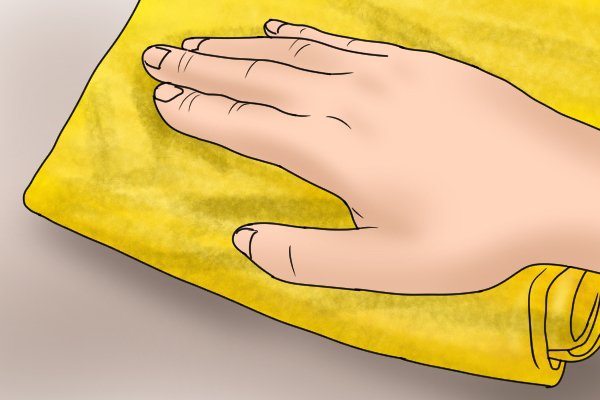 |
Use a clean cloth to wipe the blade and handle of the lino knife after each use. | |||
Storage |
||||
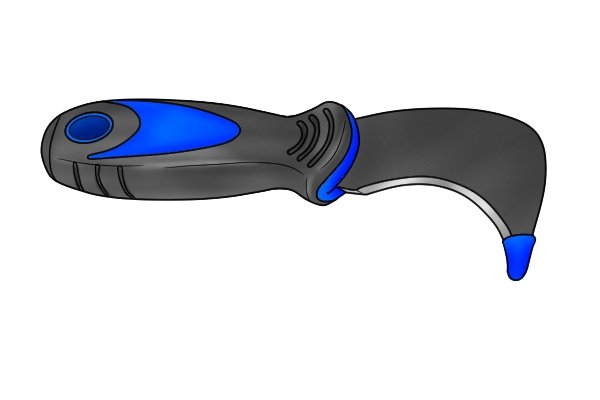 |
Some types of lino knives come with a protective case called a tip guard which is placed over the end of the blade. This protects the tip from damage and the user from accidents. | |||
 |
A lino knife can be hung using the hanging hole or placed in a toolbox when not in use, to prevent any damage. | |||
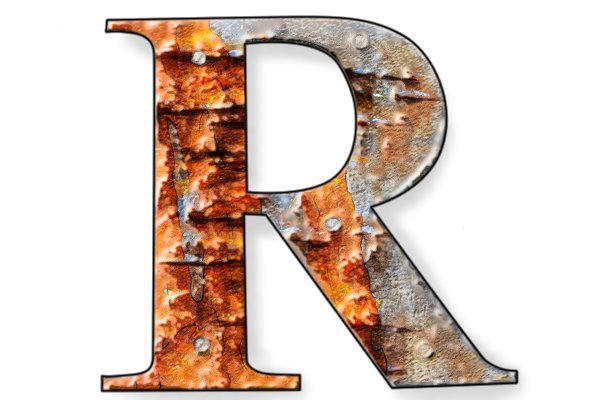 |
Ensure that it is stored in a damp-free area. Dampness can rust metal blades and weaken wooden handles, eventually causing them to rot or split. | |||
Sharpening |
||||
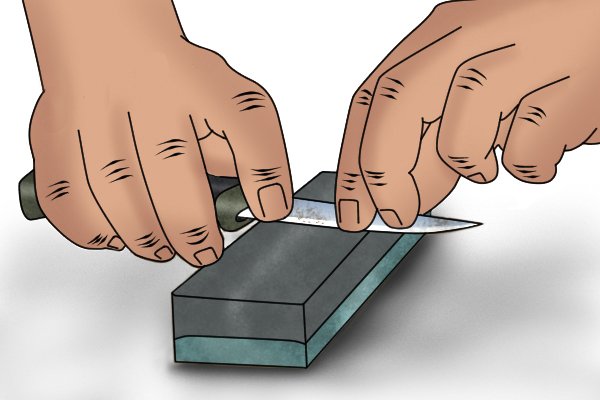 |
After frequent use, your lino knife’s cutting edge can become dull and hard to use. This is a sign that it is time to sharpen your knife.
For more information about how to sharpen your lino knife, see How to sharpen a lino knife. |
|||
Damage |
||||
 |
Visually check the knife before each use to make sure there isn’t any damage. A damaged blade will not cut as precisely.
If the handle becomes damaged it can have an effect on the way you hold or manoeuvre the lino knife, possibly making it uncomfortable to use. |
|||
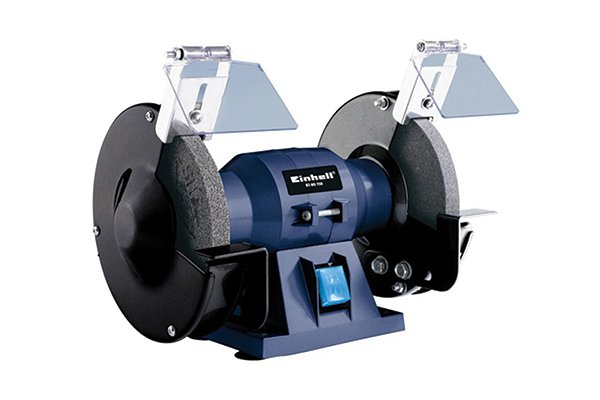 |
If the lino knife blade chips then it can be removed using a bench grinder. A bench grinder is a machine with abrasive wheels that rotate and shape or sharpen metal as it is held against the rotating wheels. | |||
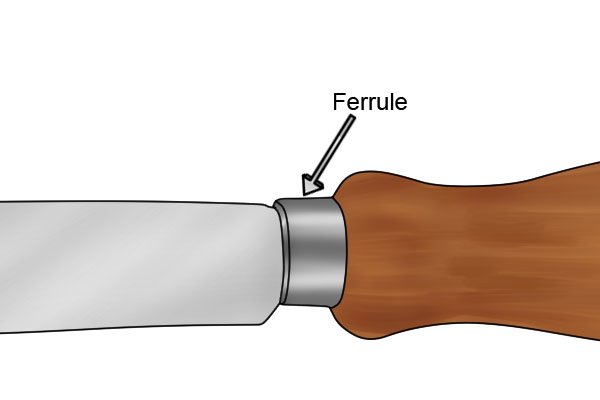 |
The handle of a lino knife can be replaced using new rivets or a ferrule if it becomes damaged. The ferrule is the metal ring that helps fasten the handle and blade together. | |||
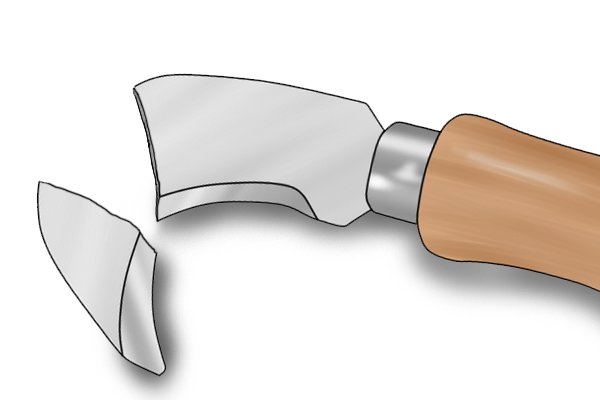 |
If the blade shatters, bends or snaps then it will need to be replaced. | |||






